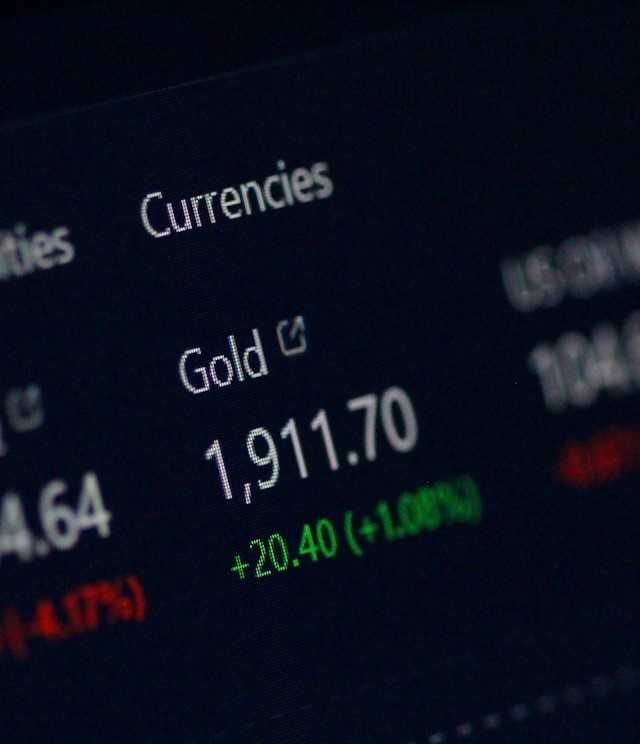The Gold-to-CPI ratio, a crucial indicator of gold’s purchasing power relative to inflation, has recently reached a new all-time high. This milestone not only underscores gold’s enduring role as a hedge against inflation but also serves as a reminder of the complex forces driving rising costs in today’s economy. In this article, we will delve into the significance of the Gold-to-CPI ratio, the underlying factors contributing to inflation, and the implications for investors navigating this challenging economic landscape.
What Is the Gold-to-CPI Ratio?
The Gold-to-CPI ratio is a straightforward yet powerful metric that measures the price of gold against the Consumer Price Index (CPI), a widely used gauge for tracking the cost of goods and services. By dividing the price of gold by the CPI, we can assess how gold’s purchasing power is faring in relation to inflation.
A rising Gold-to-CPI ratio indicates that gold’s purchasing power is increasing at a faster rate than inflation, making it a compelling hedge against rising costs. Historically, this ratio has surged during periods of economic turmoil, such as the late 1970s when inflation reached alarming levels, reminiscent of the challenges we face today. As we witness the Gold-to-CPI ratio hitting new heights, it prompts us to consider the broader economic context and the factors influencing this trend.
Understanding Inflation: Why Prices Rise
Inflation is fundamentally about the erosion of money’s purchasing power, leading to rising prices for goods and services. One of the primary drivers of inflation is the overprinting of currency by governments. When too much money enters circulation, it can outstrip economic productivity, diminishing the value of money and resulting in higher prices for everyday necessities, from food to housing.
The COVID-19 pandemic serves as a poignant example of how expansive monetary policy can contribute to inflation. In an effort to prevent economic collapse, governments worldwide implemented massive stimulus programs, flooding economies with liquidity. While these measures were essential for immediate crisis management, they also created inflationary pressures as demand surged while supply chains struggled to keep pace.
Natural Disasters and Inflation: The Hidden Costs
Inflation is not solely a product of monetary policy; natural disasters can also significantly impact the cost of living. Recent events, such as the devastating fires in California, illustrate how such disasters disrupt supply chains, destroy housing stock, and reduce agricultural output, all of which contribute to rising prices for basic necessities.
In California, the destruction of homes and infrastructure has led to increased demand for construction materials and labor, driving up costs in the housing market. Additionally, agricultural losses from fires have diminished the availability of crops, causing food prices to spike. These localized inflationary pressures can ripple through the broader economy, compounding the challenges faced by households and businesses alike.
Gold as a Safe Haven
As inflation erodes the value of fiat currencies, gold’s appeal as a safe haven grows. Its status as a store of value becomes particularly evident during times of uncertainty, when economic instability or geopolitical turmoil drives investors to seek refuge in tangible assets. The current high in the Gold-to-CPI ratio underscores this trend, reflecting gold’s ability to outpace inflation and preserve wealth.
Investors often turn to gold during periods of economic distress, viewing it as a reliable hedge against the declining purchasing power of money. The historical performance of gold during inflationary periods reinforces its reputation as a safe haven asset, making it an attractive option for those looking to safeguard their investments.
Looking Ahead
The recent peak in the Gold-to-CPI ratio signals more than just the strength of gold; it highlights the broader economic forces shaping our lives. From government policy to natural disasters, a myriad of factors are driving inflation and reshaping the global economy. For investors, this underscores the importance of diversifying portfolios and considering assets like gold to protect against the ongoing erosion of purchasing power.
As we navigate this complex economic landscape, it is crucial to remain informed and vigilant. The interplay between inflation, monetary policy, and external shocks will continue to influence market dynamics, making it essential for investors to adapt their strategies accordingly.
In conclusion, the Gold-to-CPI ratio reaching a new all-time high serves as a reminder of gold’s enduring role as a hedge against inflation. As we face rising costs driven by various factors, including monetary policy and natural disasters, understanding the implications of this ratio becomes increasingly important for investors. By considering gold as part of a diversified investment strategy, individuals can better position themselves to weather the challenges posed by inflation and protect their financial future.
Want to be the first to know about interesting gold investment ideas? Sign up to receive the FREE Streetwise Reports’ newsletter.
As always, it is important to note that investing in precious metals like gold carries risks, and market conditions can change rapidly. Before making any investment decisions, it’s advisable to consult with a financial advisor if needed. Conducting thorough research and considering your investment goals and risk tolerance is essential for successful investing.




